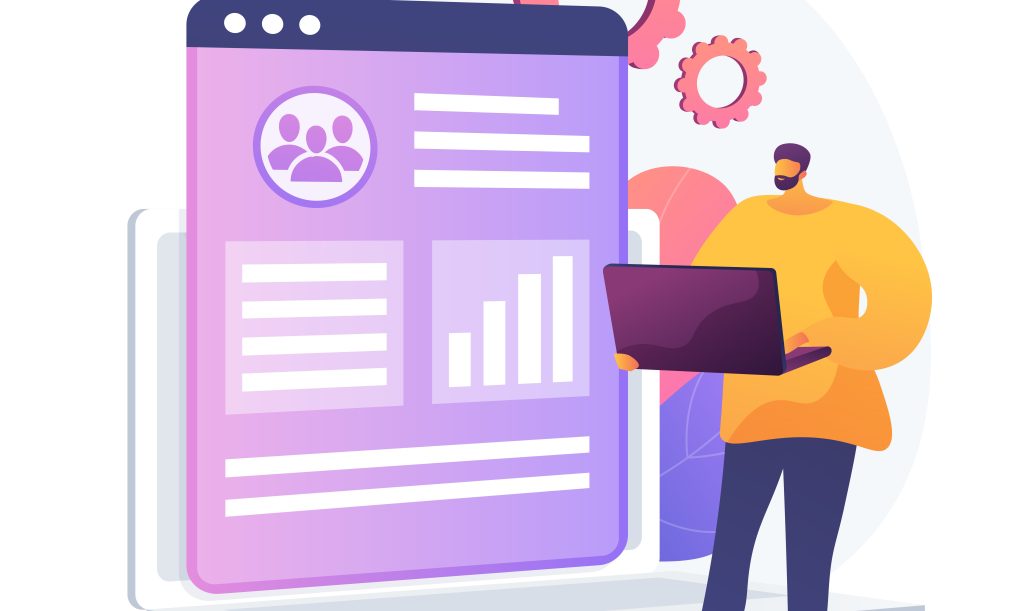We’ve all experienced the skills gap that the Digital Age has brought about, but perhaps in no industry is it as starkly felt as in banking. With more and more fintech start-ups disrupting the space, the need to be technologically innovative is stronger than ever, yet getting people with right skills in place continues to be a challenge.
Competition for talent is fierce, and every bank is battling to find ways to recruit and retain the staff they need to be at the forefront of the industry. In fact, PwC’s 22nd Annual Global CEO Survey found almost 80% of banking CEOs saw skills and talent shortages as a threat to their growth prospects. It’s a pinch financial institutions (FIs) are feeling around the world – so how do we fix it?
There is no silver bullet that will solve every talent gap in any industry, but we can begin to identify the major ones and address them. What has become apparent is that data – the collection and use of it – is a key area of focus for FIs looking to the future, but talent isn’t keeping up.
Gartner found that over 80% of finance organizations forecast increased use of advanced analytics in 2021. A study by Cognizant found that by 2022 1 in 3 jobs in financial services globally will be technology roles such as data scientists. Without a doubt this means investing in more technology, which 81% of banks are. Alarmingly, however, 72% of banks also agree that their firm is more likely to prioritize investment in technology than in the talent and skills necessary to utilize that tech.
If your existing talent isn’t being upskilled in data or trained on the technology being implemented, how can any organization hope to succeed in becoming a leading bank of the future?
The answer is you can’t. Instead, it is imperative to find a way to get talent both more data literate and more efficient by using a technology that is accessible. That’s where a customer insights platform comes in.
Investing in consumer insight automation better enables your talent to connect with consumers and power innovation in order to become a leading bank of the future.
When done right, customer experience transformations deliver tangible revenue and cost improvements for banks. As banks stare down potentially several more years of a low interest rate environment—and a possible wave of credit losses—many are looking to fortify their income statements. Some will be tightening their belts. Others will focus on top-line growth to offset lower margins and losses. In either case, many banks globally are realizing that more efficiently and effectively delivering for their customers can both reduce costs and improve sales. With these objectives in mind, many banks are seeking to transform their customer experience delivery.
A well-designed customer insights platform can enable users without any research expertise to execute high-quality projects quickly and easily, and also to understand the results once they come in. But to truly succeed will require organizational support – this means spending the time educating staff on how to use the new technology. This doesn’t have to be extensive. A small amount of training with a consumer insights provider can easily improve the research skills of existing staff and in turn accelerate transformation within the organization.
An automated customer insights platform isn’t just beneficial to team members who aren’t trained in research. It’s an attractive tool for those who already possess the skills and are looking to contribute to an organization in meaningful ways.
The platform enables them to make their research process more agile by automating many of the mundane, tedious tasks required for their jobs. This allows them to focus on the analytical, creative, and strategic activities they find most fulfilling.
If an FI invests in the talent and skills needed to make the most of their new data-oriented technology, they’ll already be steps ahead of most of their competition. They’ll be able to easily access customer insights to make decisions of all kinds, creating the kind of data-driven environment required to lead innovation in a competitive space.
A customer insights platform bridges that pervasive talent gap by making it easier for people of all skill levels to collect, access, and use market research at every turn. It’s a simple yet powerful step in driving innovation at any organization. Because when staff feel empowered rather than overwhelmed by data, it enables their organization to change, grow, and ultimately shape the future of banking.
